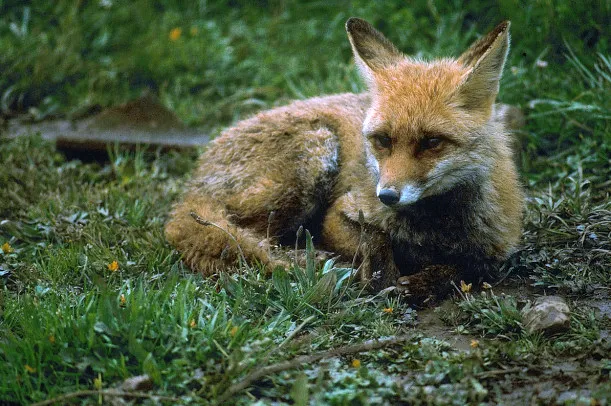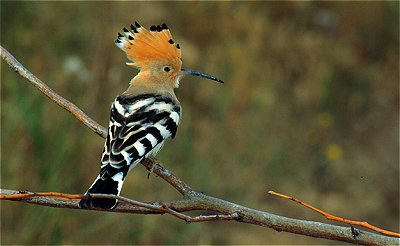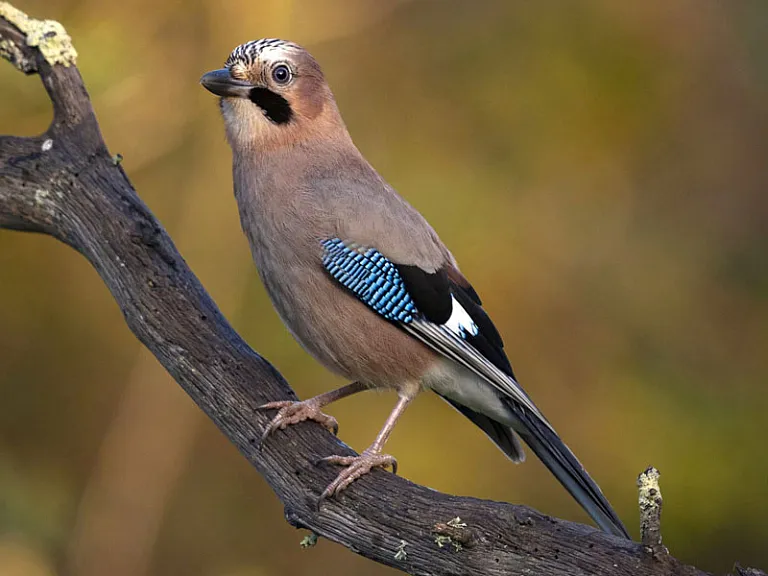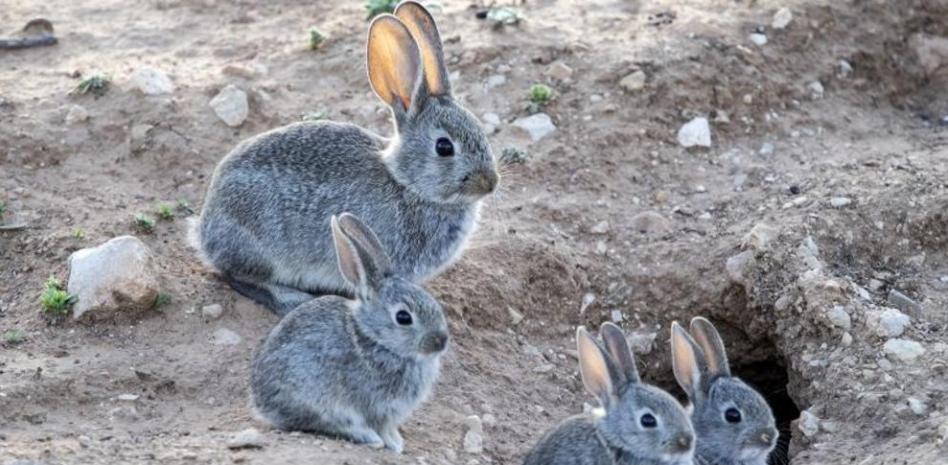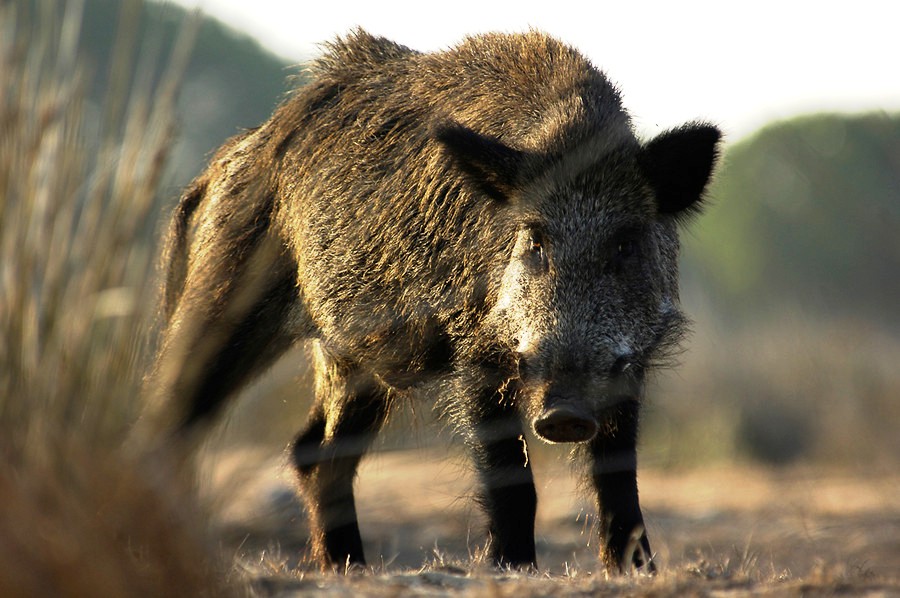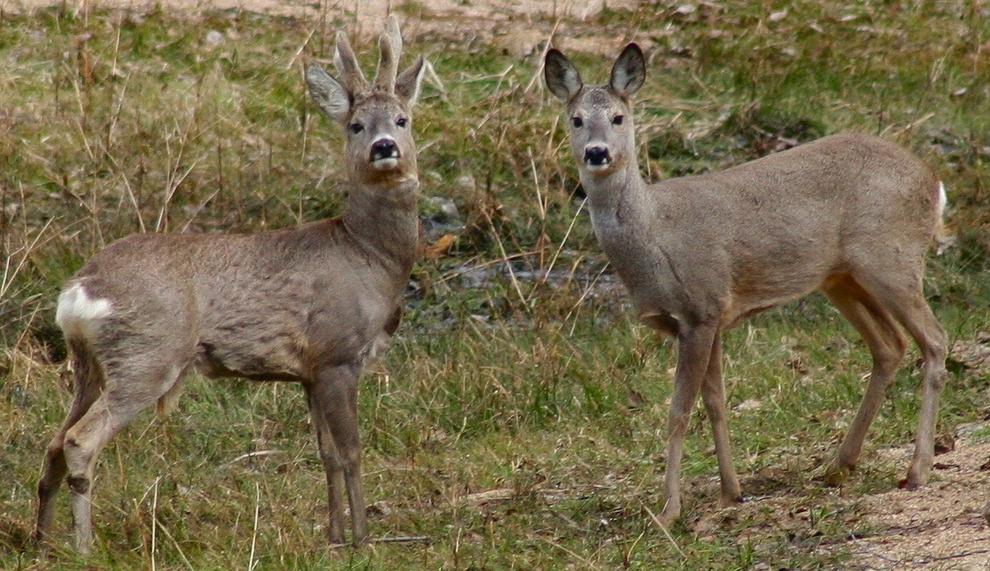THE BEAUTY OF THE ENVIRONMENT OF MAS VINYOLES NATURA
Location
The municipality of Sant Pere de Torelló, located at an altitude of 620 meters, is in the north of the Osona region. It is part of the Ges River Valley (tributary of the Ter) and is the confluence area between the Vic Plain and the first foothills of the Catalan Pre-Pyrenees. Sant Pere de Torelló has an area of 57,47Km2 of which almost 80% is forest and natural landscape of great attraction. This makes it a great place to visit, hike and walk… or practice sports such as biking, running, paragliding, hang gliding, kayaking and horseback riding. Sant Pere is a 360° vertex connected with Ripollès, Lluçanès, Vic plain, Cabrerès and Garrotxa.

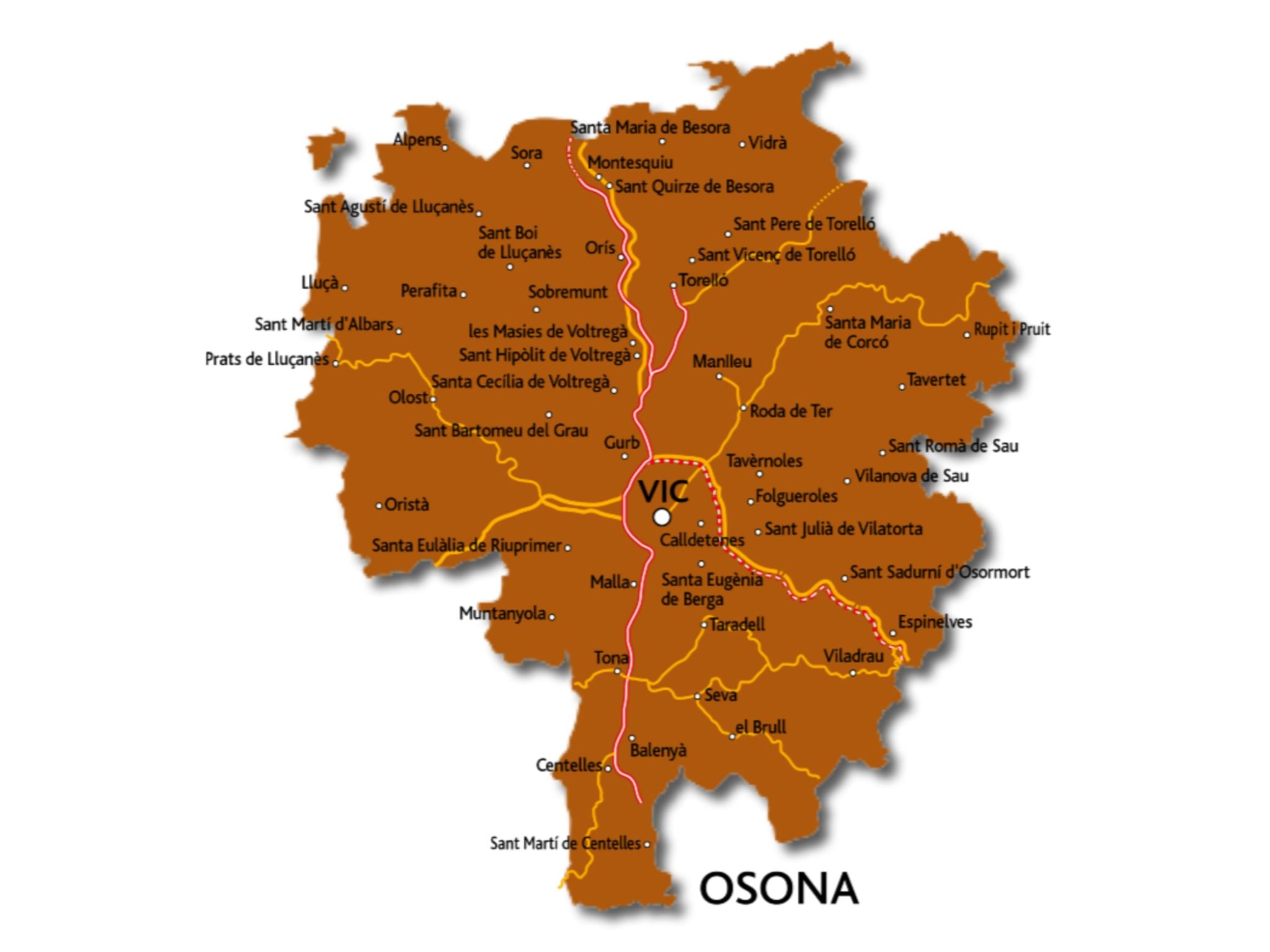
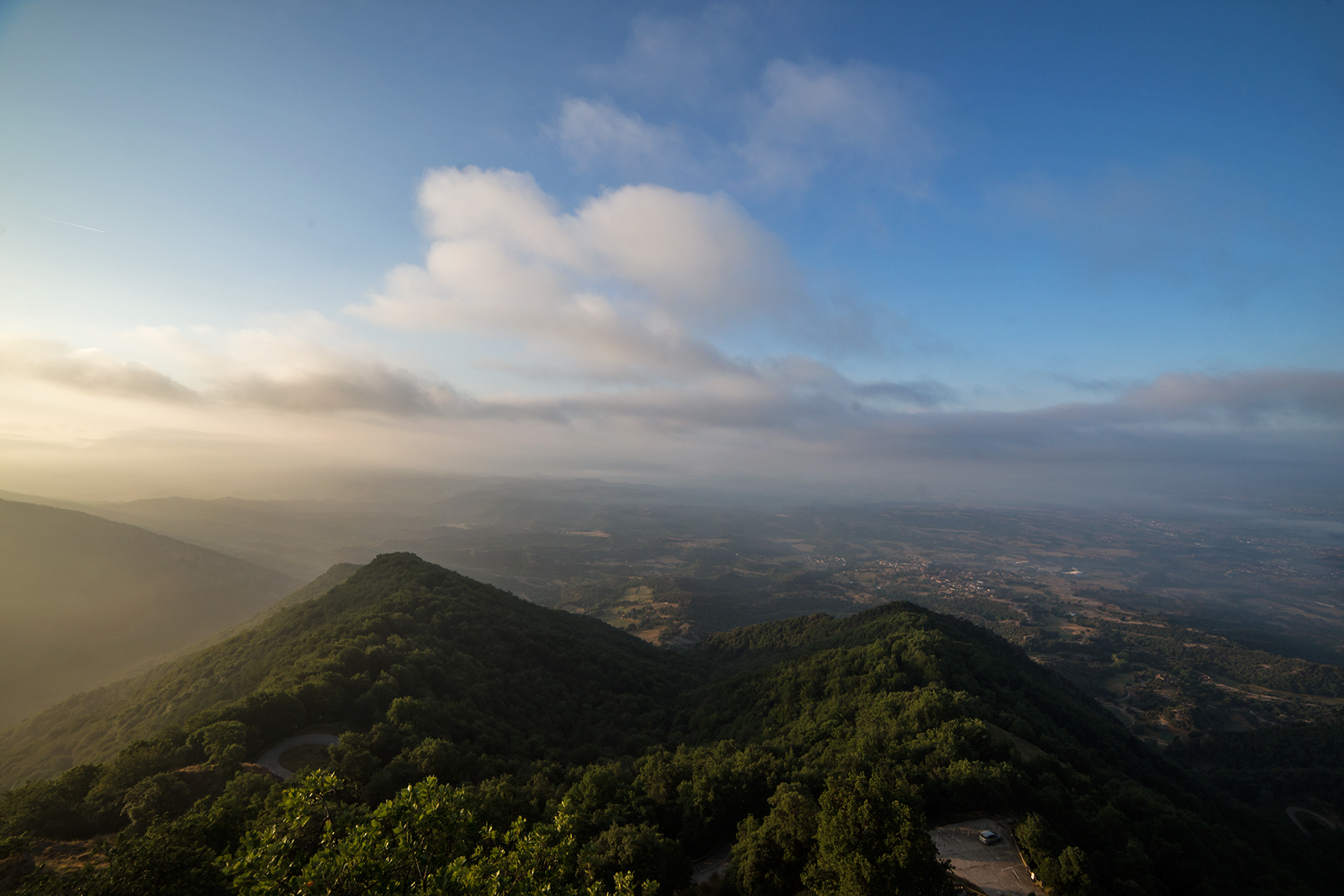
Natural surroundings
Beyond the cultivated areas, on the Mas Vinyoles estate we find oak groves, marl rocky areas and riparian forest around the stream and its tributaries. Here predominate alder, acacia, elm, birch, aspen, hazel, ash or elder… and shrubs or plants such as boxwood, ivy, bramble or hawthorn. Near the farmhouse there are also about forty walnut and fruit trees, planted at different times. The presence of forests is one of the main attractions of the Ges Valley. The presence of deciduous forests, especially the beech forest, in the northern part of the Sierra de Bellmunt, Serra de Llancers and Cabrera. These places, crossed by old royal roads and difficult to access, have allowed its conservation despite the fact that this forest has traditionally been exploited for beech wood or other similar tree species. The best known beech forest in the Vall del Ges is La Grevolosa, located in a valley of difficult access very close to the coll de Barcons and the baroque chapel of Sant Nazari, with spectacular oaks and boxwoods. It houses several beech trees listed as monumental trees of Catalonia.


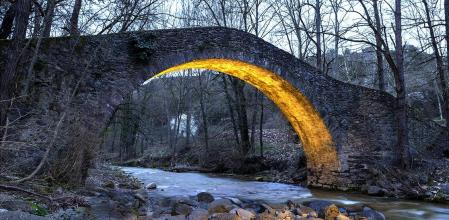
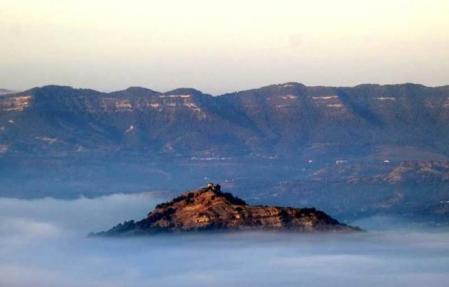
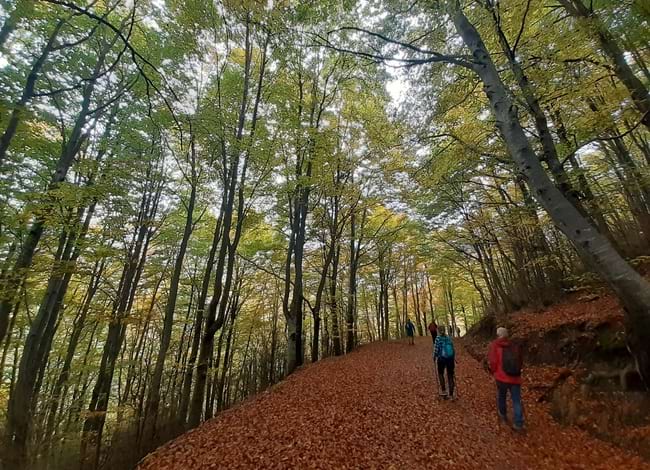
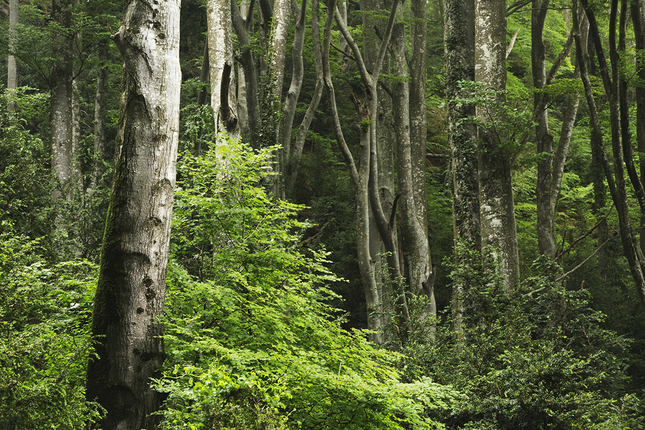
Fauna
In the surroundings of Mas Vinyoles lives a remarkable variety of mammals, reptiles, amphibians and birds. Among the former are wild boar, foxes, badgers, roe deer, squirrels and bats, as well as rabbits and different varieties of mice and moles. We also find reptiles such as the water snake, the green snake, the lizard or the Pyrenean viper and amphibians such as the salamander, the toad or different types of frogs. As for the birds, we can find the grey heron, the woodpecker, the robin, the jay, the hoopoe, the owl, the crow, the hawk and the eagle. The chirping of birds in the “la lliça” (central courtyard) of the Mas, in the early spring mornings, is particularly remarkable. In other corners of the Vall del Ges, in addition to those mentioned above, we can find, for example, the genet or musk cat, a protected species. In the riverbeds we also find the little egret, the little sandpiper, the egret, the kingfisher, the cattle egret, the green-necked duck, the Iberian desman, the water shrew, the river trout or the mountain barbel.
